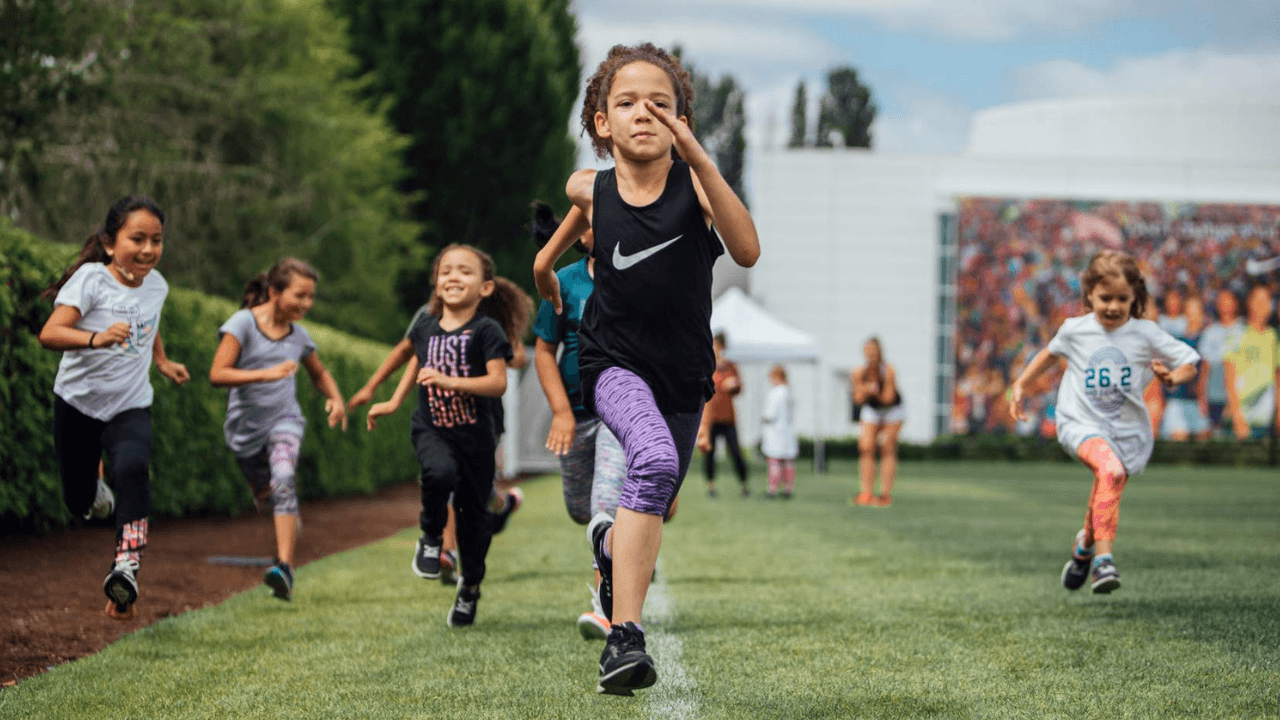9 Safety Tips To Ensure Emotional and Physical Safety of Players
Ensuring your players' emotional and physical safety are the top priorities for a coach.
Positive Coaching Alliance
| 3 min read

Players should feel comfortable, cared for, and protected. These tips will help you keep them safe:
Logistical Tips
- Use a formal sign-in and sign-out system. Check with your supervisor to learn how to keep record of youth attendance. Be diligent and track attendance every day. Know who attends each practice. Make sure all players safely return to the afterschool center or get picked up by an approved adult.
- Proper equipment. Soccer players should wear shin guards, tackle football requires pads and a helmet. Not all program sites have the nancial means to supply equipment. Check with your supervisor regarding minimum equipment requirements.
- Transportation. Establish travel rules for crossing roads and staying together as a group. If you have two coaches, one should lead at the front of the group and the other should be the last person.
- Take a head count. Know how many players you have on a particular day – especially when you are traveling or transitioning from one location to another.
Coach Tips
- Implement a buddy system. Make sure a player is never alone. Assigning buddies helps create a safe and welcoming space where no one is left out. Make sure youth travel in, at minimum, pairs when going to the bathroom or getting water. Incorporate inclusion and prevent cliques by forming the buddy pairs yourself.
- Make sure you can see all youth. Always have a visual on all players and ensure they can also see you.
- Physical contact. High 5’s are a great way to connect with players. For other contact, like hugging -let the player initiate it. Ask your site supervisor if there are other protocols you should be aware of.
- Be intentional in your language. What you say and how you say it matters. Use inclusive language: use preferred names and preferred pronouns. Avoid using ‘guys’ when talking to co-ed and girls teams.
- Tone of voice. Support players by using a calm and encouraging tone when helping them overcome skill-based or behavioral challenges. Aggressive tone of voice can trigger players and leave them less likely to participate and listen.
Practice Tips
- Opening and closing check-in. Open and close your practice with a ‘thumb check’. Ask players to put their thumb up if they are having a good day, thumb in the middle for an okay day, and thumb down for a bad day. Use this tool to track how your players are doing and recognize that not all players enter the eld in the same state of mind.
- Prepare the practice space. Survey the eld/court that you’ll be practicing on to remove potentially dangerous objects (such as rocks, bottles, etc.). Mark holes/divots so players can avoid them.
- Warm up and cool down. Gradually increase players’ heart rate and intensity at the beginning of practice and slowly bring it back down at the end of practice.
- Water breaks. Give time for players to drink water. For a 90 minute practice include at least 2-3 breaks. If it is hot or humid you should increase the number of breaks. Always let players get water if they ask for it.
Creating an emotionally and physically safe environment for your players requires EMPATHY, INTENTION, and TIME.
This story was originally published by our friends at the Positive Coaching Alliance. For more resources, visit the PCA Development Zone Resource Center.




